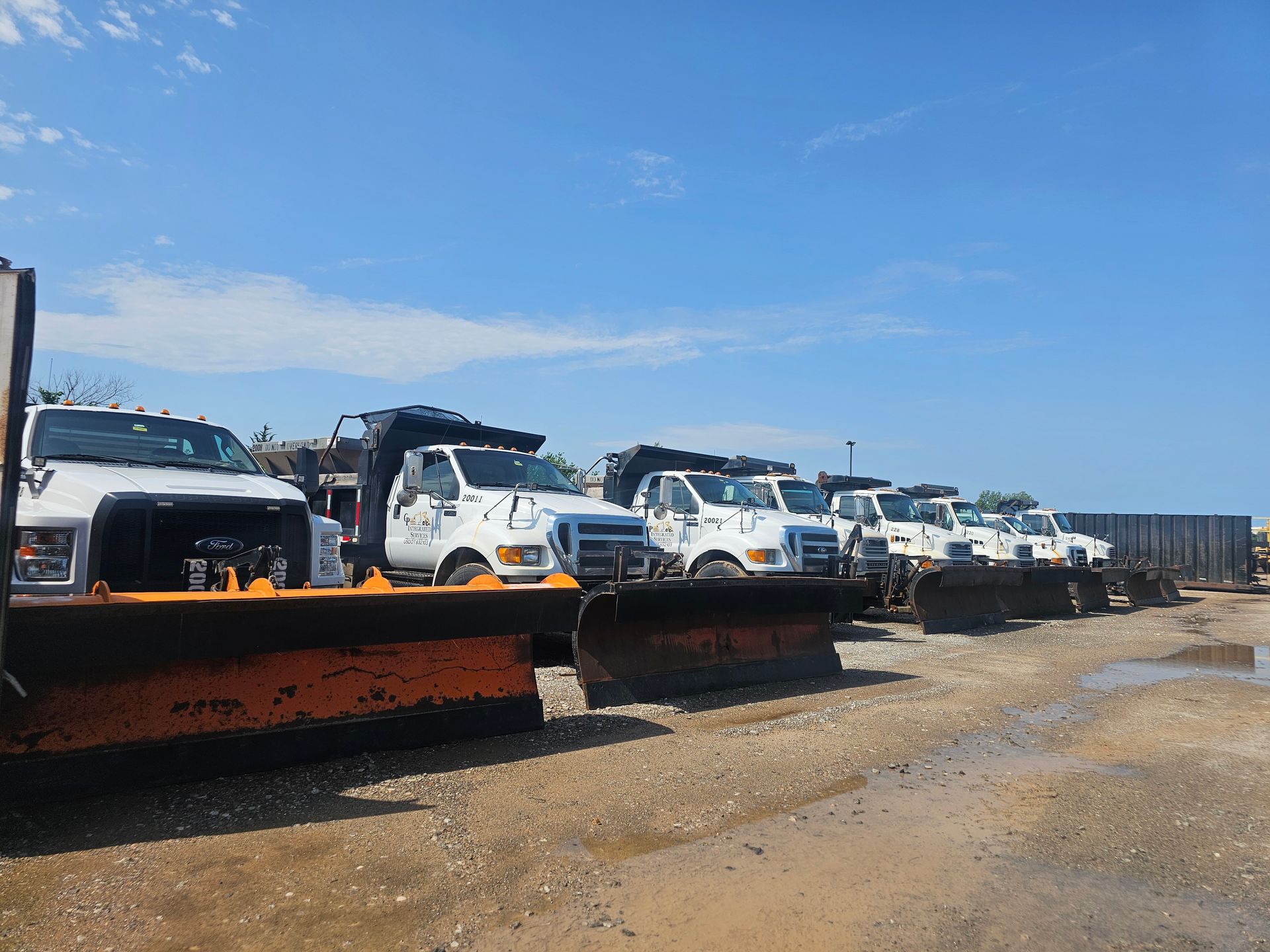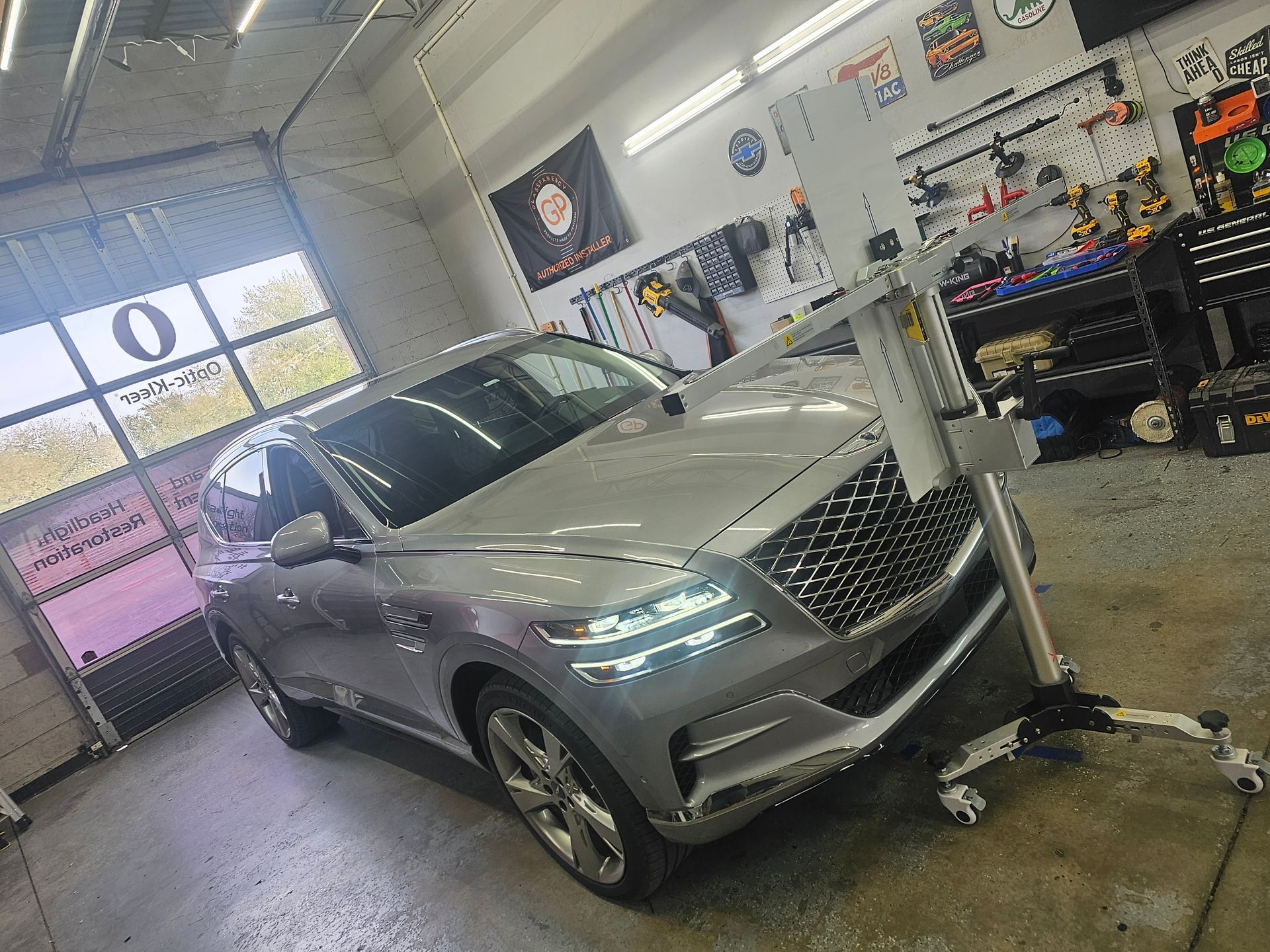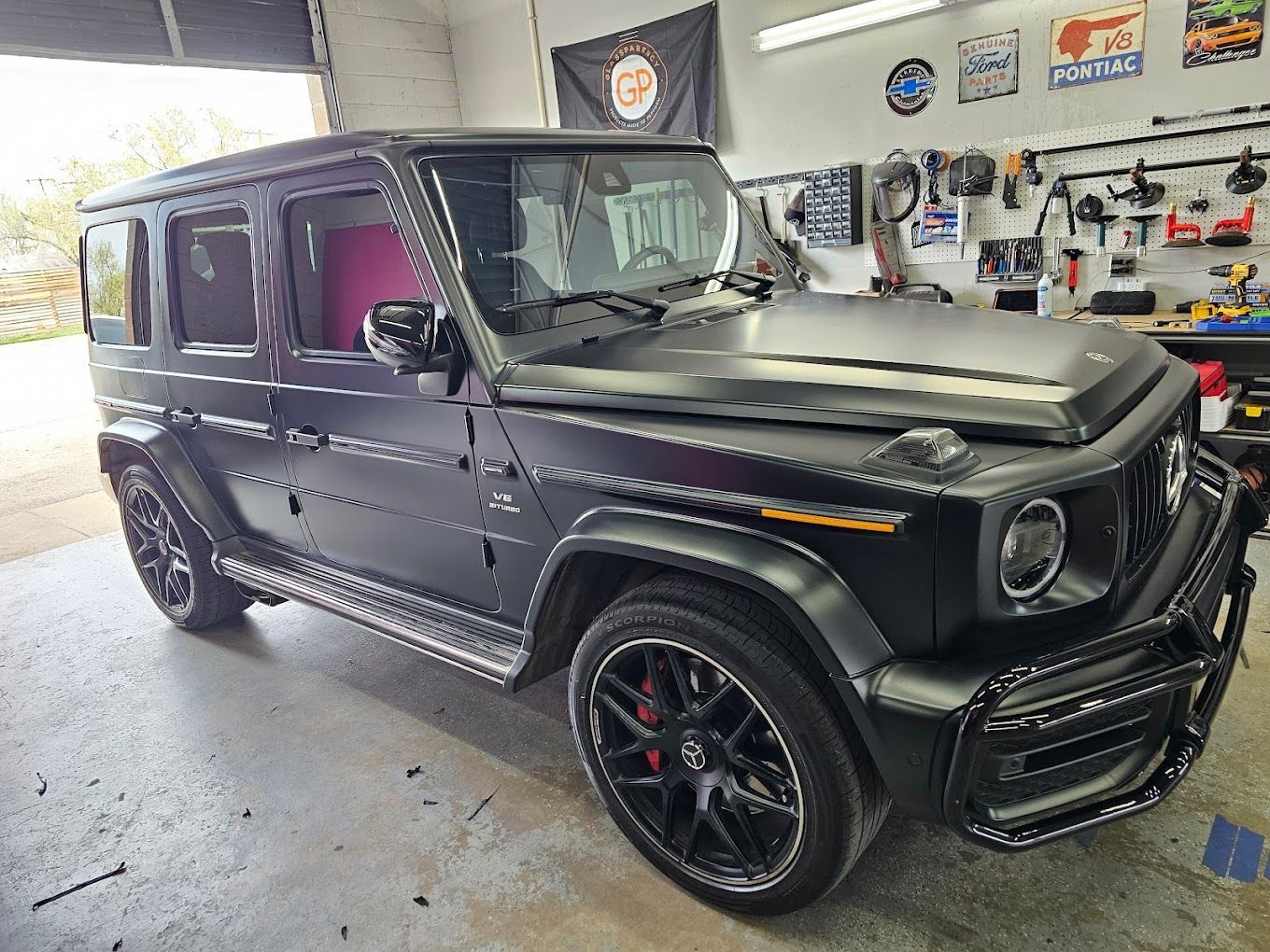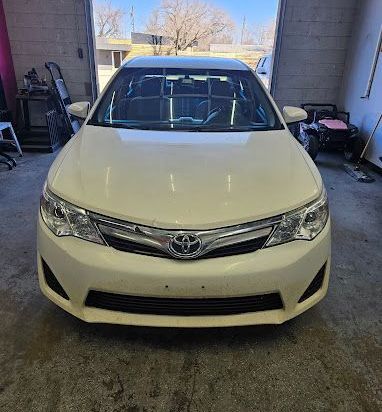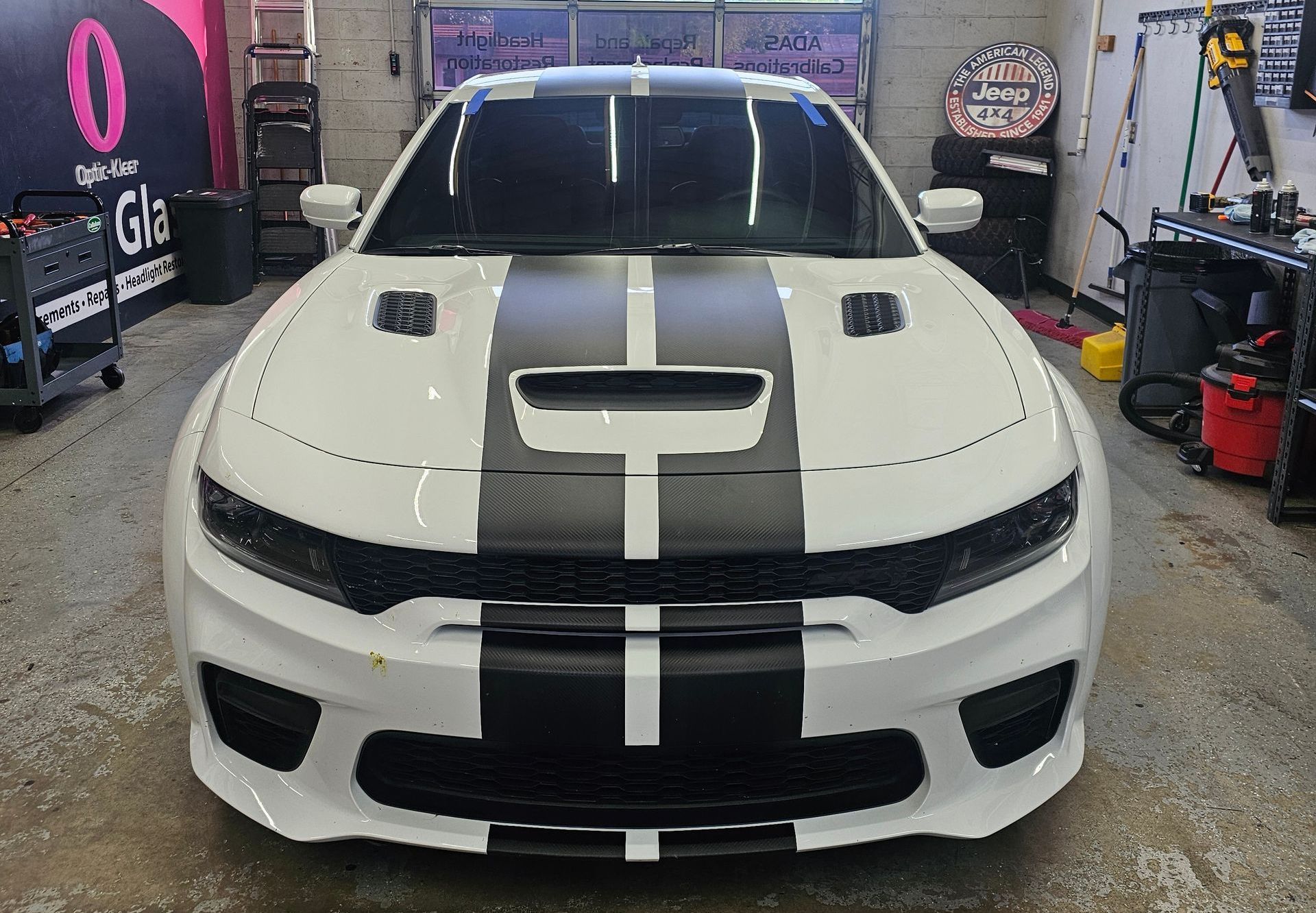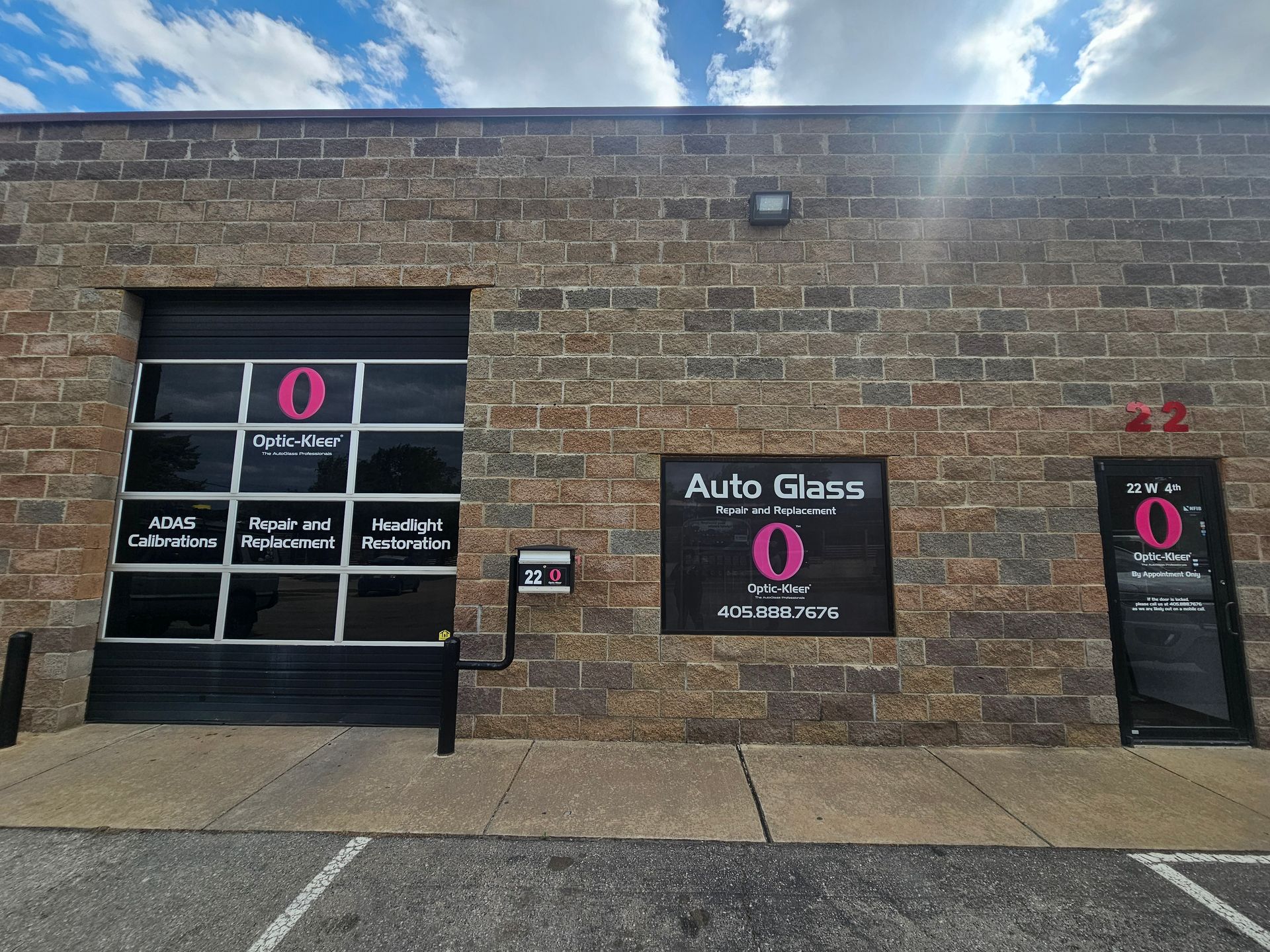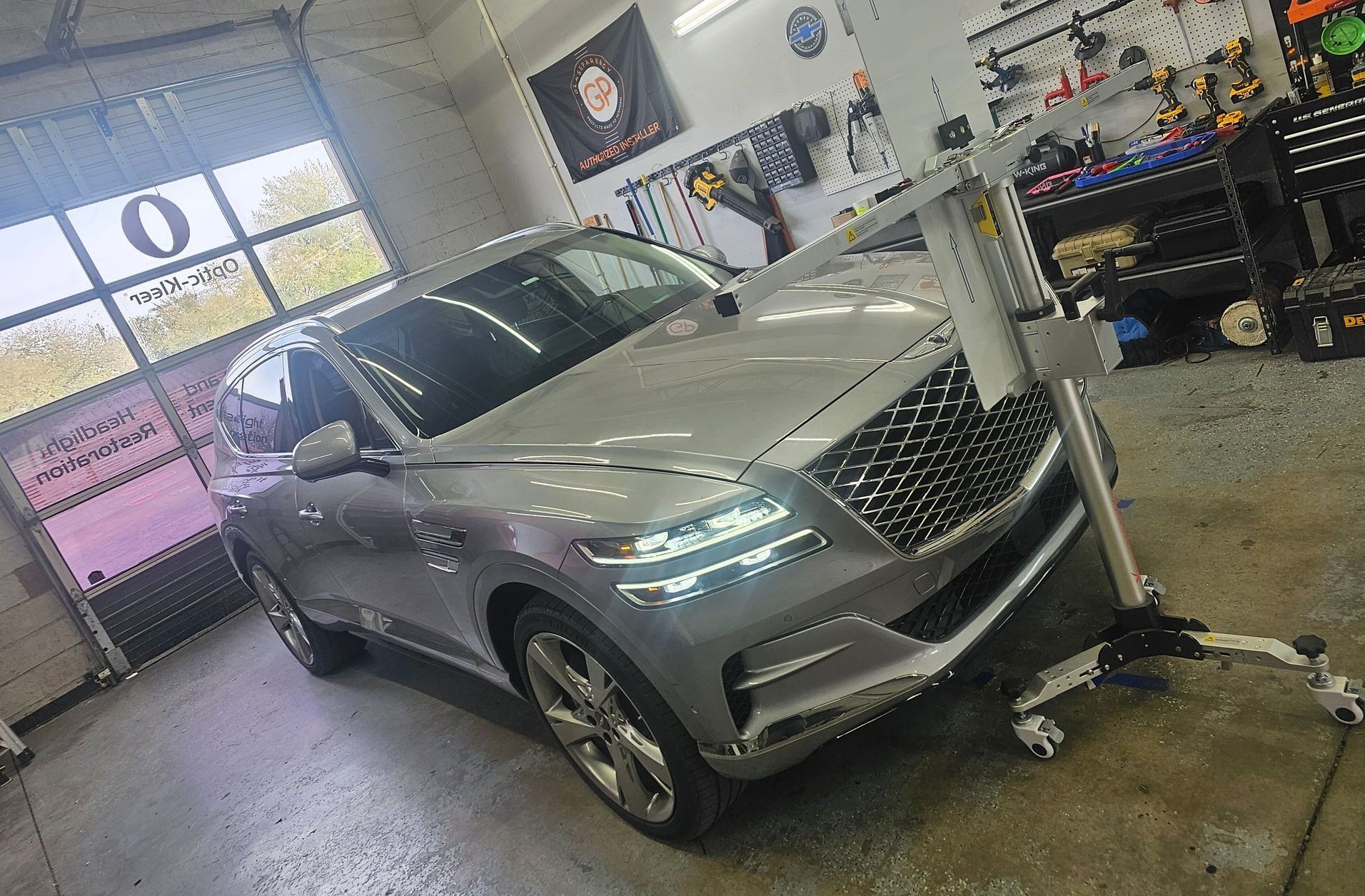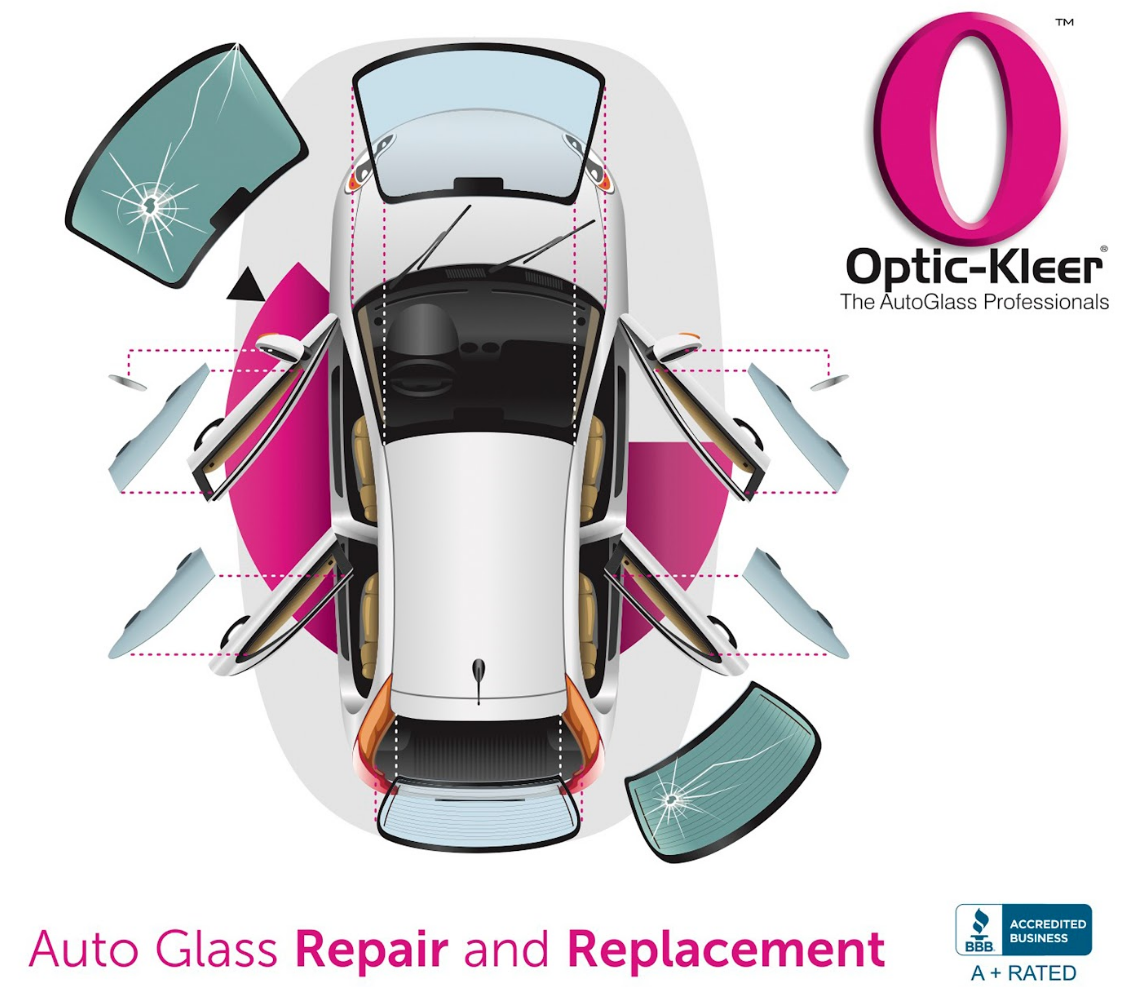Fleet Vehicle Windshields: When Is It Time to Have Them Inspected for Repair?
How to Know When Your Fleet Vehicle Needs a Windshield Inspection
Your fleet vehicle’s windshield isn’t just a barrier against wind, debris, and the elements. It’s a crucial safety component that supports vehicle integrity, safety systems, and driver visibility. With multiple vehicles on the road at all times, keeping each windshield in top condition is critical to maintaining safety standards, avoiding costly downtime, and ensuring compliance with transportation regulations.
Fleet managers need to be proactive about inspecting for damage. Small cracks or chips might seem insignificant at first glance, but delaying repairs can lead to bigger problems, increased costs, and safety hazards. Hiring professionals for inspection and repairs can help your fleet stay on the road instead of in the garage. You’ll also keep drivers safe and reduce unnecessary expenses.
Recognizing When Your Fleet Vehicle Needs a Windshield Inspection
It’s essential that you promptly detect any windshield or auto glass damage in your fleet. Here are the key signs indicating your fleet vehicle’s windshield should be inspected by a professional:
- Presence of Chips and/or Small Cracks: Small chips—similar to tiny indentations or cracks less than 6 inches in length—are common on fleet vehicles. These damages can often be repaired quickly if caught early. If your driver notices a small chip or crack, scheduling an inspection should be a priority.
- Cracks Larger Than 6 Inches: Cracks exceeding 6 inches pose a serious safety concern and typically require full windshield replacement. While small cracks can be addressed with repair, larger ones threaten the vehicle’s structural integrity and must be evaluated immediately.
- Cracks in Critical Areas: Damage directly in the driver’s line of sight, over the dashboard, or near the edges of the windshield can distort vision and interfere with ADAS (Advanced Driver Assistance Systems) technology like sensors and cameras. Any crack or chip in these areas warrants urgent inspection.
- Multiple or Clustered Cracks: Frequent chips or multiple cracks, no matter how minor individually, can combine into a more severe issue. Early inspection can prevent these small damages from expanding and compromising the vehicle’s safety.
- Spreading or Growing Cracks: If a crack appears to be expanding or changing over time, it signifies deterioration. Such damage is best evaluated immediately. Repair may stabilize the crack, but if it continues to grow, replacing the windshield becomes necessary.
- Water Leaks or Sealing Issues: Any water infiltration during rain or condensation buildup inside the vehicle can be a sign that the windshield seal has deteriorated. Over time, this can weaken the structure and lead to bigger problems, especially in fleet vehicles subjected to frequent weather changes.
- Following the Impact of Collision: Any impact resulting in windshield damage, even a small rock chip, warrants a professional assessment. Microcracks or hidden damage can compromise safety, risking sudden shattering or further deterioration.
Why Delay Is Not an Option
Ignoring windshield damage may seem like no big deal, but this type of damage can have serious consequences:
- Crack Propagation: Small chips can turn into large cracks, increasing repair costs or making replacement unavoidable.
- Safety Risk: A compromised windshield reduces vehicle safety, especially in collisions or rollovers.
- Legal and Regulatory Compliance: Many regions restrict driving with cracks beyond a legal limit. Violations can result in fines or vehicle downtime.
- Operational Costs: Timely repairs are less expensive than full replacements and help avoid costly fleet downtime.
How Professional Inspection and Repairs Work
If your fleet vehicle shows signs of damage, scheduling an inspection with a certified auto glass technician is vital. They’ll evaluate the damage and recommend the appropriate action:
- Resin Repair: For minor chips and small cracks, technicians inject high-quality resin into the damage. This restores strength and clarity, often completed in less than an hour, minimizing downtime.
- Full Replacement: Extensive cracks, multiple damages, or chips in critical areas call for removing the current windshield and installing a new one.
Preventative Measures for Fleet Managers
- Regular Inspections: Conduct scheduled windshield checks during routine maintenance to catch small damages early.
- Driver Training: Educate drivers to detect and report chips or cracks immediately.
- Proactive Repairs: Address minor damages proactively rather than waiting until they worsen.
- Safe Parking: Encourage parking in shaded or covered areas to avoid extreme temperature stresses that can worsen cracks.
- Avoid Debris: Insist on safe following distances, especially behind trucks or construction vehicles that might kick up debris.
Does Your Fleet Vehicle Need an Auto Glass Inspection in Edmond, OK?
If you manage a fleet of vehicles in Edmond, Oklahoma City, Piedmont, or The Village, contact us at Optic-Kleer. We offer certified auto glass services for fleets in this area, and all auto glass repair or replacement is covered by our Optic-Kleer Warranty.
